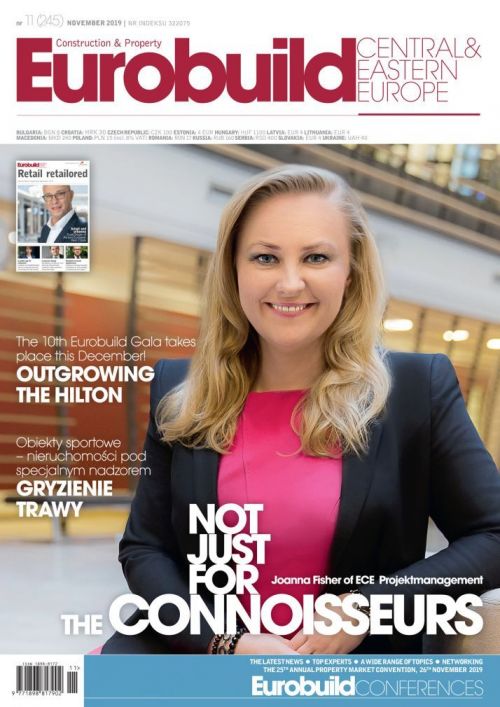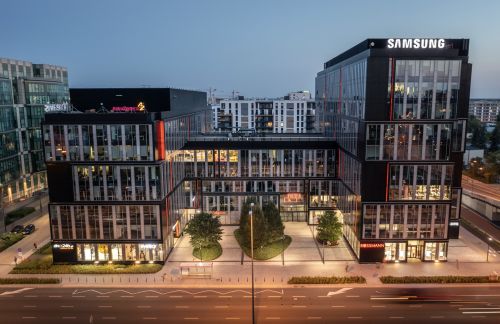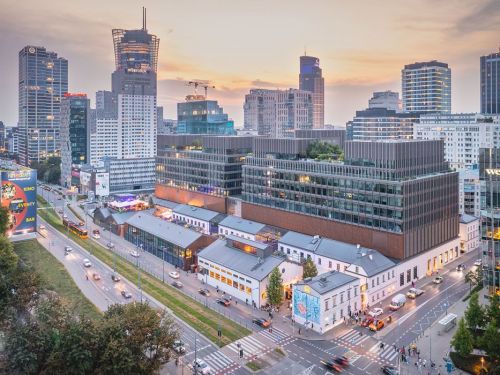E-commerce is a phenomenon that has been having a huge impact on traditional retail models. It may not yet be as common here as in Western Europe or the US, but the changes it is forcing on the Polish retail sector have been dampening the enthusiasm of some investors. If the gradual ban on Sunday trading and rapidly changing consumer habits are also factored in, a fuller picture of the scale of the challenges faced by this sector emerges. The retail sector, which has shone out for years among the most popular real estate segments in terms of investment, has now moved slightly into the background, as buyers’ attentions turn instead to offices and logistics. Of course, it’s not the case that no one is interested in shopping centres at all, but a certain hesitancy has become evident. It’s now the connoisseurs who are making the purchases. “The retail sector is basically now the domain of specialised investors. Centres are managed on many levels, which goes far bey































































